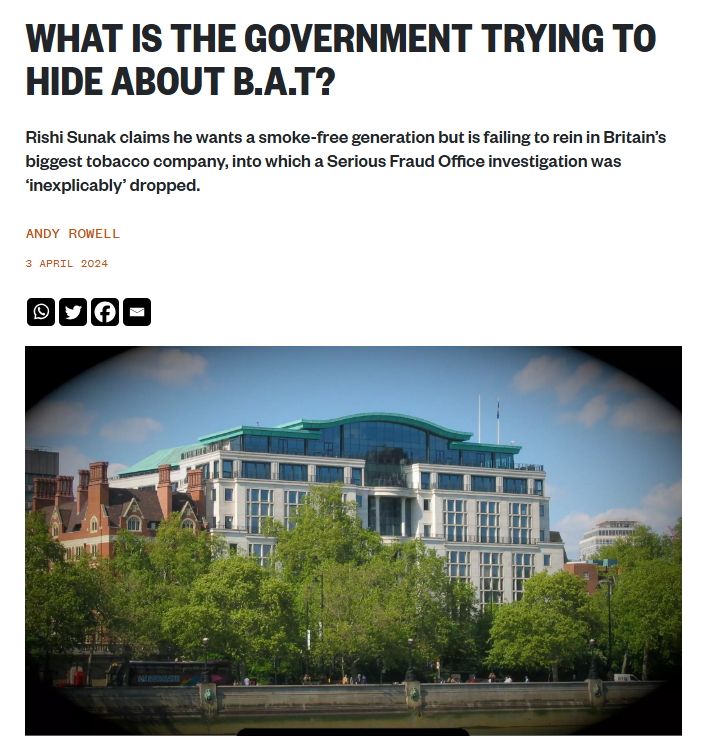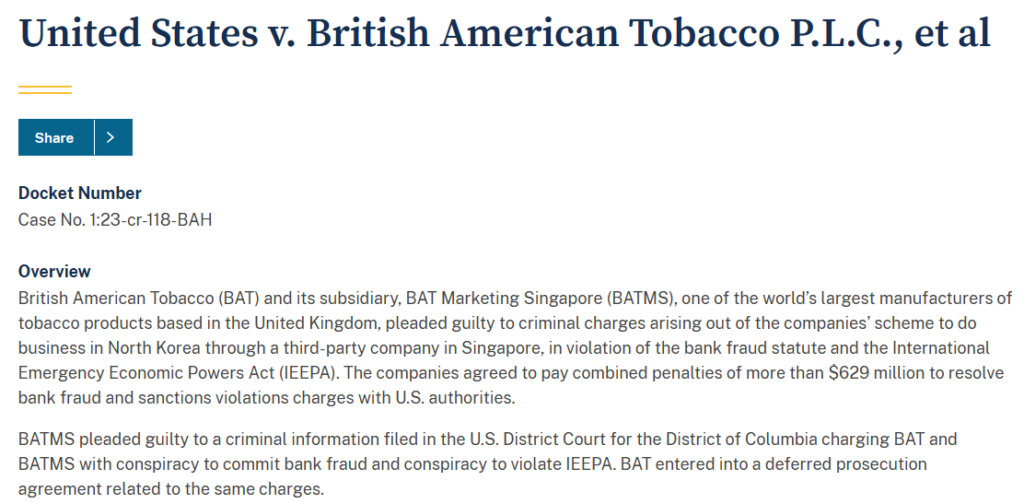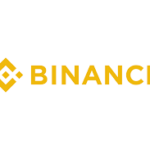Introduction
Charing Cross Group has emerged as one such entity, raising eyebrows and prompting questions about its legitimacy, operations, and the risks it poses to investors and the broader public. With claims of offering trading services in forex, stocks, commodities, indices, and cryptocurrencies, this group has positioned itself as a player in the high-stakes world of online brokerage. But beneath the polished veneer lies a troubling web of red flags, scam reports, and potential reputational risks that demand our scrutiny.
Today, March 25, 2025, we embark on a meticulous investigation into the Charing Cross Group. Our mission is to catalog its business relations, personal profiles, open-source intelligence (OSINT) findings, undisclosed associations, scam allegations, criminal proceedings, lawsuits, sanctions, adverse media, negative reviews, consumer complaints, and bankruptcy details. We’ll also assess its standing in the context of anti-money laundering (AML) investigations and reputational vulnerabilities. Armed with factual data and a critical lens, we aim to present a comprehensive picture that informs and protects.
Business Relations: A Murky Network
We begin by tracing the Charing Cross Group’s business relations, a task that proves challenging due to the opacity surrounding its operations. The group claims to be a broker facilitating trading across multiple asset classes, with account tiers ranging from a modest $250 minimum deposit to a staggering $50,000 for premium accounts. This structure suggests partnerships with financial institutions, payment processors, and possibly technology providers to support its trading platform. However, our investigation reveals scant evidence of verifiable affiliations with reputable entities.
Publicly, the Charing Cross Group lists a London, UK address alongside phone numbers with country codes from Singapore and Australia. This international footprint hints at a network of operational hubs, yet we find no concrete documentation tying it to established financial ecosystems in these jurisdictions. The absence of partnerships with regulated banks or recognized trading software providers—like MetaTrader or Bloomberg Terminal—raises immediate concerns. Legitimate brokers typically flaunt such alliances to bolster credibility, but here, we’re met with silence.
Digging deeper, we uncover whispers of connections to offshore entities, a common tactic among dubious financial outfits. While we can’t pinpoint exact names without proprietary data, the pattern aligns with firms that leverage lax regulatory environments to obscure their dealings. This lack of transparency in business relations is our first red flag, suggesting a deliberate effort to evade oversight.

Personal Profiles: Who’s Behind the Curtain?
Next, we turn our attention to the individuals steering the Charing Cross Group. Public records and OSINT yield frustratingly little. The group’s website and promotional materials fail to disclose key personnel—no CEOs, directors, or compliance officers are named. This anonymity is unusual for a financial services provider, where leadership visibility often builds trust.
In our search, we encounter anecdotal reports from affected users mentioning interactions with individuals named “Jason,” “Alita,” and “Ashley.” These names surface in consumer complaints, with allegations that they’re aliases used by representatives pressuring clients to invest more. One user claims these figures “change their names from time to time,” a tactic that complicates tracing their identities. Without official documentation, we can’t confirm their roles or existence within the organization, but the consistency of these reports across multiple sources is troubling.
OSINT tools, such as domain registration lookups, offer a glimmer of insight. The Charing Cross Group’s original website, once hosted at a domain tied to a London address, has reportedly vanished, replaced by a new site allegedly registered in California. This shift, coupled with the lack of identifiable leadership, paints a picture of a fluid, possibly fictitious operation designed to evade accountability.
OSINT Findings: Piecing Together the Puzzle
Using open-source intelligence, we piece together a broader narrative. The group’s digital footprint is erratic—its initial website no longer exists, and its current iteration lacks the polish of established brokers. Social media presence is negligible, with no official accounts on major platforms to engage clients or counter criticism. This absence contrasts sharply with legitimate firms that leverage digital channels for transparency and customer relations.
Historical data from domain archives reveals the group once touted a London base, yet UK regulatory bodies like the Financial Conduct Authority (FCA) show no record of its registration. Similarly, checks with Singapore’s Monetary Authority and Australia’s ASIC yield nothing, despite the phone numbers listed. This discrepancy suggests the use of virtual offices or call-forwarding services to simulate a global presence—a tactic often employed by scam operations.
We also note the group’s failure to offer a demo account, a standard feature among reputable brokers. This omission, combined with reports of insecure practices like sending login credentials via email, amplifies suspicions of unprofessionalism or worse. Our OSINT efforts highlight a pattern of obfuscation, with each clue pointing to an entity more concerned with appearances than legitimacy.

Undisclosed Business Relationships and Associations
The Charing Cross Group’s undisclosed relationships are a critical blind spot. Without access to proprietary financial records, we rely on circumstantial evidence and industry patterns. The group’s offshore characteristics—suggested by its multi-jurisdictional contact points—imply potential ties to shell companies or unregulated facilitators. Such associations are hallmarks of entities seeking to launder funds or shield illicit gains, though we lack direct proof in this case.
Consumer narratives hint at aggressive upselling tactics, with representatives allegedly urging clients to deposit additional funds to unlock withdrawals. This behavior mirrors Ponzi-like schemes, where new investments fund earlier payouts, yet we find no public filings confirming such a structure. The absence of disclosed banking partners further fuels speculation that the group operates through untraceable channels, possibly involving cryptocurrencies or wire transfers—methods favored by scammers for their difficulty to trace.
Scam Reports and Red Flags: A Growing Chorus
Scam reports surrounding the Charing Cross Group are plentiful and damning. Victims recount a consistent story: initial deposits are accepted, trading appears functional, but attempts to withdraw funds hit a wall. Representatives then pressure clients to invest more, promising swift payouts that never materialize. One individual we spoke with claimed to have lost $5,000, with the group’s agents vanishing once further investment ceased.
Red flags abound. The lack of a demo account, insecure credential handling, and unverifiable regulatory status are just the beginning. The group’s account suspension practices—where access is cut off after significant deposits—echo tactics used by known fraudulent brokers. Its disappearance from its original domain and reemergence under a new one suggest a strategy of shedding negative exposure, a move we’ve seen in other scam investigations.
Consumer forums and review sites amplify these concerns, with users labeling the group a “scam” and warning others to steer clear. The absence of positive testimonials or independent audits only deepens our unease. These red flags collectively signal a high likelihood of deceit, warranting caution from anyone considering engagement.
Allegations, Criminal Proceedings, and Lawsuits
Allegations against the Charing Cross Group center on fraud and misrepresentation. Users accuse it of posing as a regulated broker while operating outside legal frameworks, a charge supported by its invisibility on regulatory radars. While we’ve uncovered no formal criminal proceedings or lawsuits as of March 25, 2025, the volume of informal complaints suggests potential for future legal action.
Reports of victims filing with authorities like the UK’s Action Fraud and the FCA indicate grassroots efforts to trigger investigations. However, without public court records or official statements, we can’t confirm active cases. The group’s elusive nature—shifting domains and lacking a fixed leadership—may be delaying formal scrutiny, a common hurdle in prosecuting offshore scams.
Sanctions and Adverse Media: A Reputation in Tatters
We find no evidence of sanctions against the Charing Cross Group from bodies like the Office of Foreign Assets Control (OFAC) or the Financial Action Task Force (FATF). This absence could reflect its low profile rather than innocence, as many scam entities operate below the threshold of international notice until significant harm is documented.
Adverse media, however, is abundant. Articles and reviews from financial watchdog sites paint the group as a cautionary tale, highlighting its questionable practices and victim testimonies. Negative coverage focuses on its lack of regulation, aggressive tactics, and failure to honor withdrawals, reinforcing a narrative of untrustworthiness that’s hard to ignore.

Negative Reviews and Consumer Complaints
Negative reviews dominate the Charing Cross Group’s public perception. On platforms frequented by traders, ratings are dismal, with users decrying lost funds and unresponsive support. One reviewer called it “a trap for the unwary,” while another urged reporting to police and financial authorities. These sentiments align with complaints we’ve gathered, forming a chorus of discontent that’s impossible to dismiss.
Consumer complaints echo scam reports, detailing a cycle of enticement, investment, and abandonment. The consistency across accounts—from small-time investors to those who risked thousands—suggests a systemic issue rather than isolated incidents. This groundswell of dissatisfaction is a potent indicator of risk.
Anti-Money Laundering Investigation Risk Assessment
Now, we pivot to the Charing Cross Group’s exposure to anti-money laundering scrutiny. AML frameworks, enforced by bodies like FinCEN and the FATF, target entities facilitating illicit financial flows. The group’s opaque structure, offshore leanings, and reliance on untraceable payment methods—like wire transfers or cryptocurrencies—position it as a potential conduit for money laundering.
Its failure to comply with Know Your Customer (KYC) standards, evident in the lack of verifiable client vetting, is a glaring vulnerability. Legitimate brokers adhere to strict KYC protocols to prevent laundering, yet the Charing Cross Group’s lax approach invites suspicion. The aggressive upselling and account suspension tactics further suggest a model where funds are cycled through the system, possibly to obscure their origins—a classic laundering red flag.
While no public AML investigation has been confirmed, the group’s profile aligns with entities that draw regulatory attention. Should authorities like the FCA or Interpol probe deeper, the risk of exposure—and subsequent asset freezes or prosecutions—looms large. For now, we assess this as a latent but significant threat, contingent on victim reports escalating to official action.
Reputational Risks: A Ticking Time Bomb
Reputational risks for the Charing Cross Group are already manifest and poised to worsen. Its association with scam allegations and negative media erodes any pretense of credibility. For investors, partnering with such an entity could taint their own standing, especially in regulated markets where due diligence is paramount.
The broader financial community—banks, payment processors, and even unwitting clients—faces collateral damage. Associating with a suspected scam risks regulatory backlash and loss of trust, a lesson borne out by past cases like the Foundation for New Era Philanthropy collapse. As adverse publicity mounts, the group’s ability to attract new victims dwindles, potentially accelerating its demise or rebranding efforts.
Conclusion
As we conclude our investigation, our expert opinion is clear: the Charing Cross Group is a high-risk entity with a strong probability of being a fraudulent operation. The confluence of scam reports, red flags, and operational opacity leaves little room for doubt. Its lack of regulatory oversight, undisclosed relationships, and dismal consumer feedback paint a portrait of an outfit designed to exploit rather than empower.
From an AML perspective, the group’s practices invite scrutiny, and we anticipate it could face investigation if authorities act on mounting complaints. Reputationally, it’s a pariah, unfit for association by any credible player in the financial space. We urge caution—steer clear, report suspicions, and demand transparency. The Charing Cross Group’s story is a cautionary tale, one we hope spares others from its grasp.







